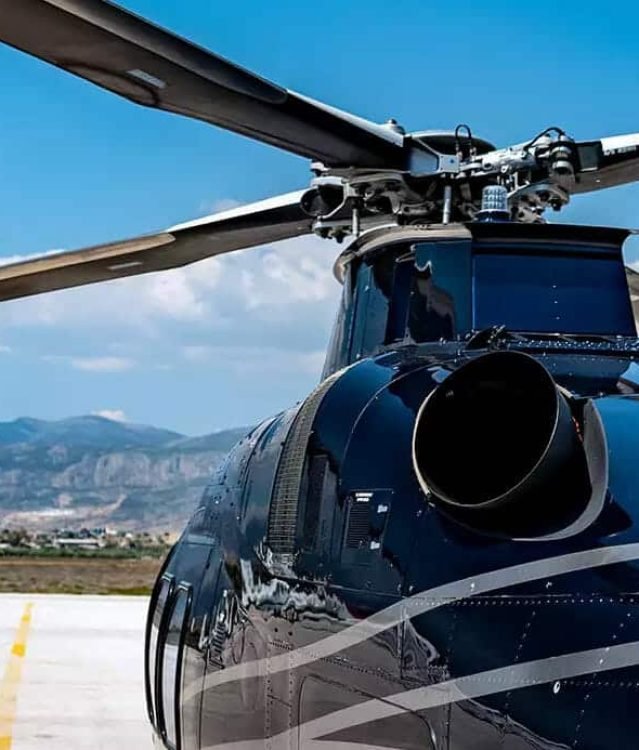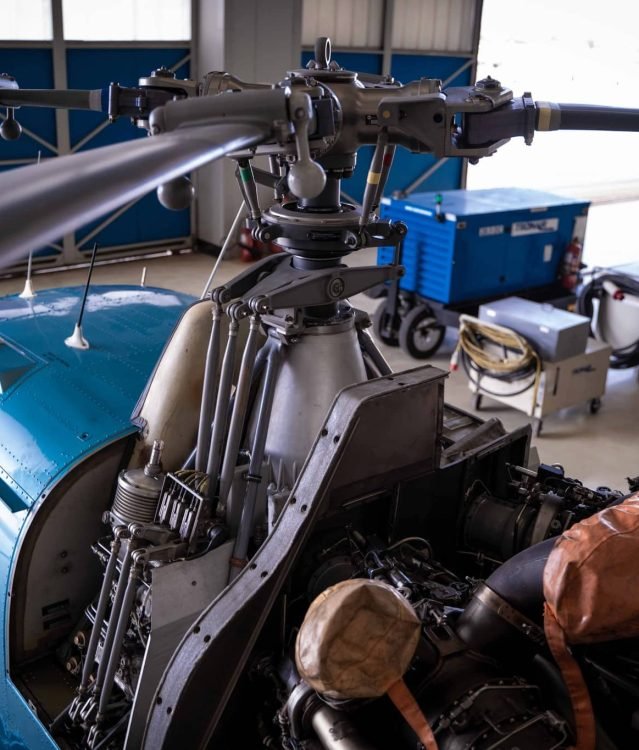Home » Helicopter and jet rentals Greece – Services » Maintenance / B2B
MAINTENANCE / B2B

TECHNICAL MAINTENANCE
At our state-of-the-art maintenance facility, we employ a team of certified aviation mechanics, continuing airworthiness management specialists and support staff dedicated to providing aircraft maintenance and planning by taking great care of every Aircraft. Below you can find more information about our facility and the services we offer.
CAMO
ifly provides Continuous Airworthiness Services for a wide range of helicopters and airplanes through the Continuous Airworthiness Management Organization (C.A.M.O. – EL.CAMO.0018) certification provided by the Civil Aviation Authority (CAA). Continuous airworthiness management of private as well as of commercial aircraft is carried out in accordance with the regulations of the European Aviation Safety Agency (E.A.S.A.) and the CAA.
More specifically the company’s specialized C.A.M.O. Department:
•Designs aircraft maintenance operations;
•Monitors aircraft maintenance and certifies the bodies implementing it;
•Monitors new specifications on engines and aircraft;
•Monitors, files, records and renews aircraft records and logs.
Through the above procedures, ifly guarantees the quality maintenance and airworthiness of your aircraft. It is worth noting that in accordance with CAA’s bulletin D2/Α/13215/4643 dated 9 April 2009, all large aircraft, airplanes with a maximum take-off weight over 5,700 kg., and all twin-engine helicopters must be subjected to a C.A.M.O. which will certify their maintenance.


PART 145
ifly is also an approved maintenance EASA (European Union Aviation Safety Agency) Part 145 organization. It has been granted a company level certification to execute maintenance tasks on specific airplanes and helicopters.
This means that all requested and performed maintenance has been performed within all the necessary requirements and are correctly released by an appropriately approved certifying technician.
Key aspects for such a certification are the appropriate facilities, the sufficient manpower to perform the required activities, current aircraft documentation and approved data, tooling, and equipment to support the maintenance activities, a quality assurance process to ensure continued compliance with the regulatory and organizational requirements as well as the ability to plan and coordinate the required maintenance.
- GOT A QUESTION? LET'S BE IN TOUCH!






